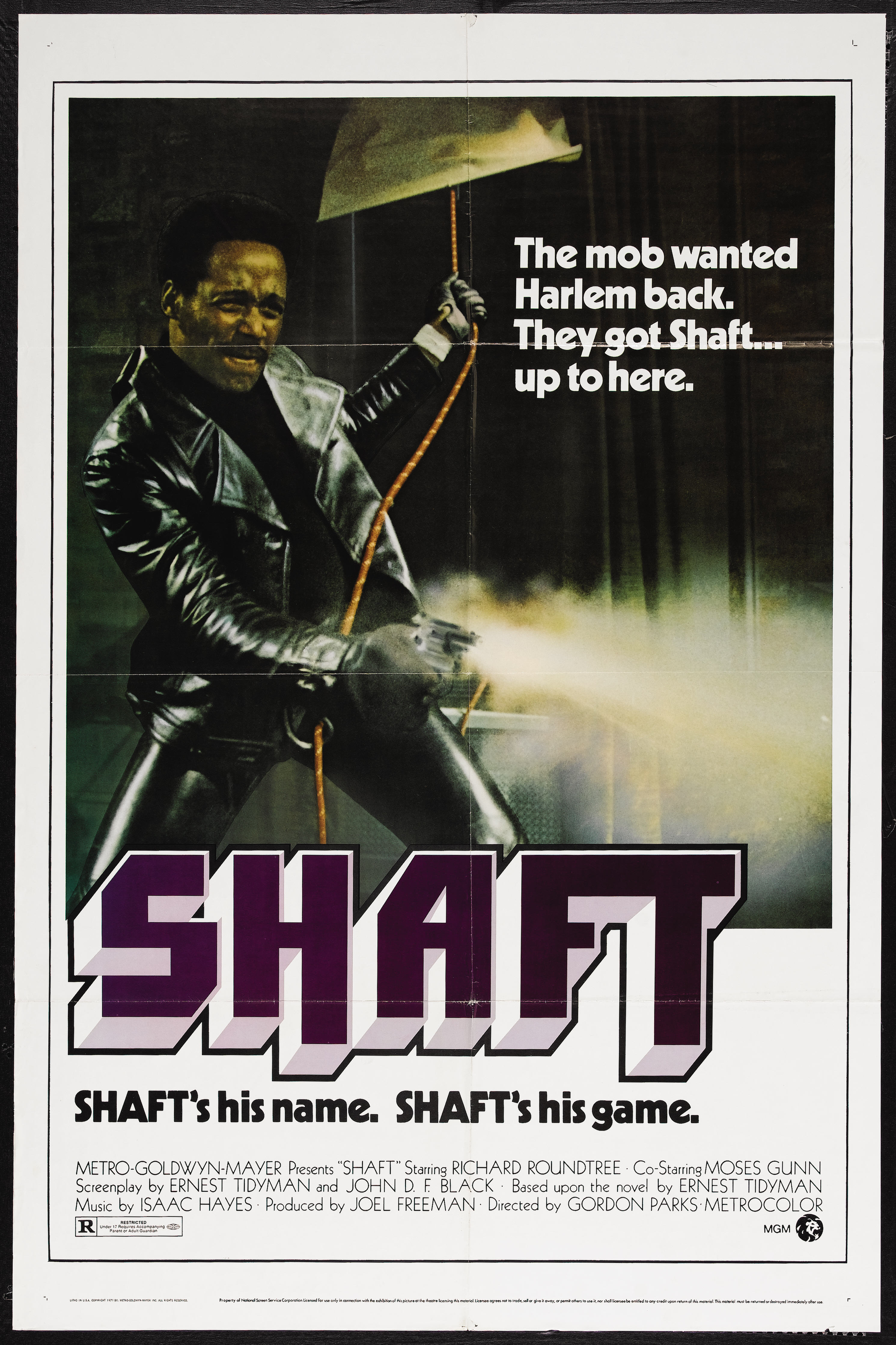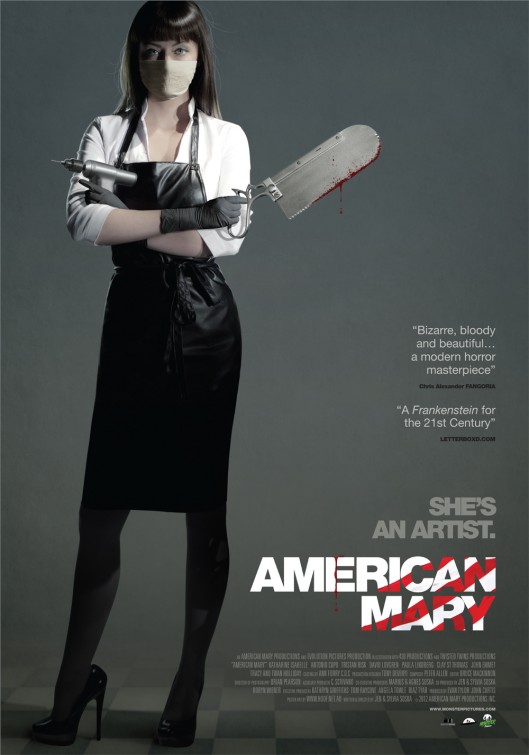Bodom (Taneli Mustonen, 2016) is a Finnish horror film inspired by the 1960 murders at the Bodom lake in southern Finland. The first thing to note is that the film is not a fictionalized account of the murders, but instead a story that takes place 50 years later with connections to the murders. Today, I would like to review the film and discuss how the plot mirrors the evolution of the slasher sub-genre.
For those unfamiliar with the murders, here's a quick recap. On June 4 1960, four teenagers, two boys and two girls, went camping at Lake Bodom. In the early hours of June 5, three of them were brutally murdered and the survivor, Nils Willhelm Gustavsson, injured.While there were several suspects, including Gustavsson who was charged with and aquitted of the murders in 2004 and 2005, the case remains unsolved.
The film is about four teenagers: the nerdy Atte (Santeri Helinheimo Mäntylä), the jocky Elias (Mikael Gabriel), the tomboyish Nora (Mimosa Willamo), and the timid Ida-Maria (Nelly Hirst-Gee). Atte has a theory about the 1960 murders, that they were committed by a murderous stranger, and has convinced Elias to help him test it. Under the guise of going to a party at a summer cottage, they trick the girls into joining them. Atte believes that if they recreate the scenario in which the murders happened, they may be able to get the killer to show himself. And, predictably, people start disappearing and dying.
As the original murders were already a typical slasher story, it is no surprise that the filmmakers decided to go that route with the film. However, in my opinion, the film is not simply a slasher film; it represents thirty years of genre evolution. Let me break this down:
The film starts out as a typical 1980s slasher film. A group of teenagers goes to a secluded location to party. There is drinking, weed-smoking, skinny-dipping, and, of course, sex. There is also a legend about a killer. Suddenly, people start disappearing and the unseen killer gets to work. Together with the lakeside location and the past murders, it is hard not to draw paralells to Friday the 13th (Sean Cunningham, 1980), one of the most influential slasher films ever made.
With the first twist, that Nora and Ida-Maria are the murderers, the genre moves towards the post-Scream (Wes Craven, 1996) slasher genre - where meta is the law, tropes are analysed, and the emphasis is on black comedy rather than horror. While Bodom is dark throughout, we get some temporary refuge as Nora and Ida-Maria bicker and experience difficulties trying to dispose of the bodies.
After the car crash, the film turns to the 21st century equivalent of the slasher genre: torture porn. While there are contemporary slasher films, I think the torture porn genre, where the horror comes from the suffering of the victims, has taken the place of the slasher genre in contemporary horror cinema. Let me explain. There are plenty of similarities between the two genres. Firstly, like slashers, torture porn films often feature attractive young people without much character development, except for the protagonist, whose development tends to follow the path of the "final girl" character, who is strongly associated with the slasher genre. The largely disposable characters are also killed off one by one, often without anyone discovering the bodies until just before they are killed themselves. Secondly, the main appeal of torture porn films to genre fans is the graphic and elaborate ways the filmmakers kill their characters. Thirdly, torture porn films are often set in secluded locations, where the characters have nowhere to run. Fourthly, like in the '80s, when slaher films were the horror standard, torture porn was the standard for most of the 21st century. Finally, torture porn films often get an unnecessary number of sequels, for example: seven Saw films (2004-2010), with a new film to be released later this year; three Hostel films (2005-2011); and six Wrong Turn films (2003-2014), with a new film scheduled for next year.
At the end of Bodom, the killer is revealed to be a dark, hillbilly-looking figure who kills the injured Nora slowly, making Ida-Maria watch. While this torturous murder happens off-screen, everything else about the ending is filmed like a torture porn film. The angles, the colors, the close-ups, all more reminiscent of torture porn films than slasher films.
I don't know whether this progression through the history of the slasher genre was intentional, but the film definitely feels quite derivative (like most slasher films). Any horror fan will recognize how Mustonen attempts to recreate the iconic camera movement from Sam Raimi's classic horror film The Evil Dead (1981).
Overall, I feel a bit torn regarding the film. The soundtrack is good and the forest looks dark and threatening most of the time. There are, however, some scenes where the artificial lighting is really obvious, for example, when the "moonlight" is too bright and focused. The film is set in 2010, but it doesn't look like it. An early dinner scene with Ida-Maria's upper-class family looks like it could take place in the '60s, while most other non-forest sets, props, and locations give off a certain '90s vibe. I'm not sure whether this is an intentional choice by the filmmakers, to give the film a weird anachronistic feel, or if they simply didn't care enough to keep the film consistent. The first plot twist is unexpected, but does not make too much sense, and the second one is obvious. The acting is decent on average, ranging from terrible to almost great. It is not a great film by any standard, but it is possible to enjoy it if you are a slasher fan.




